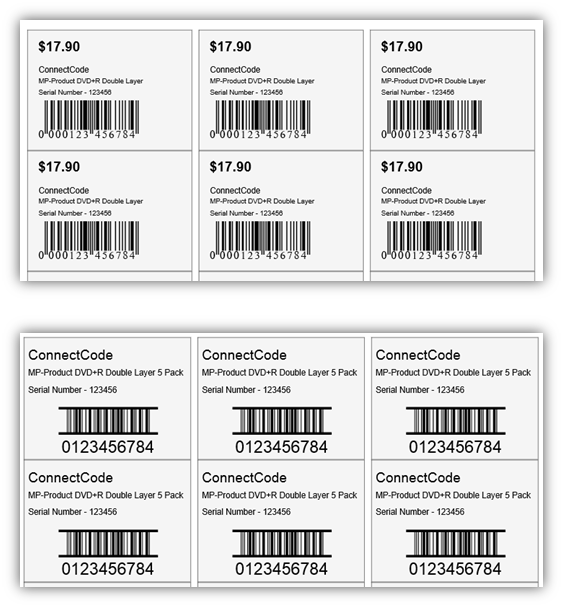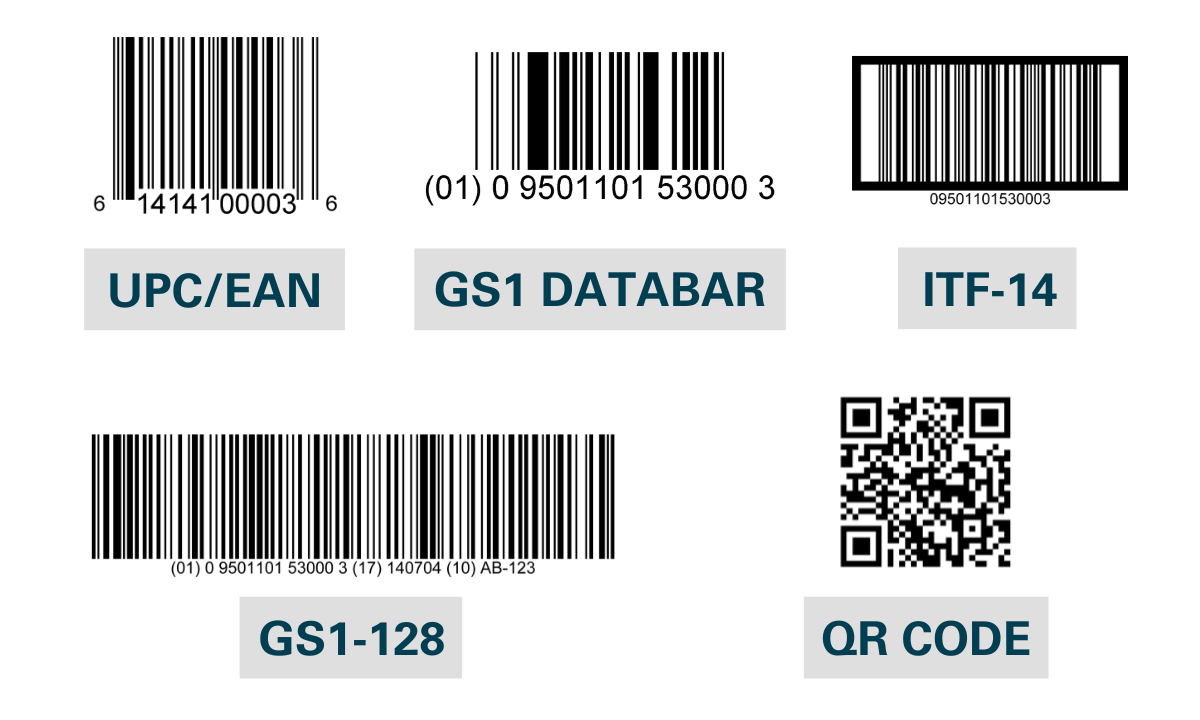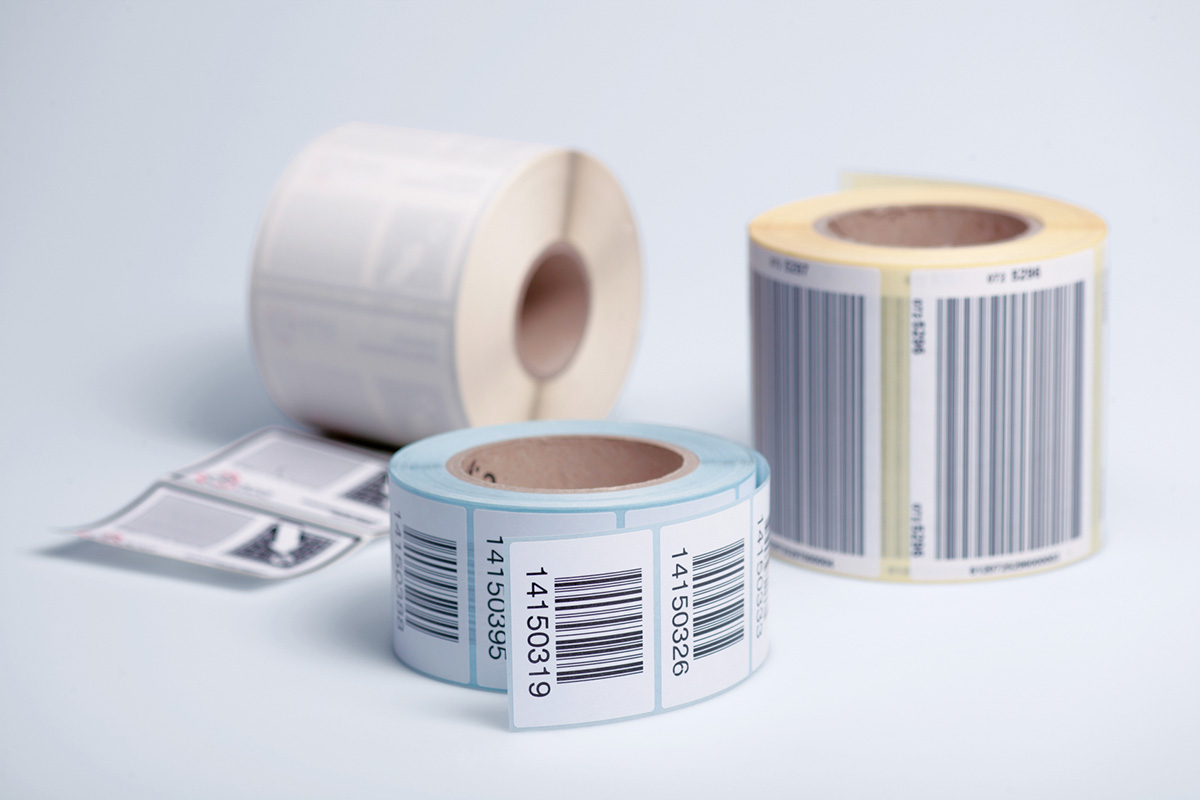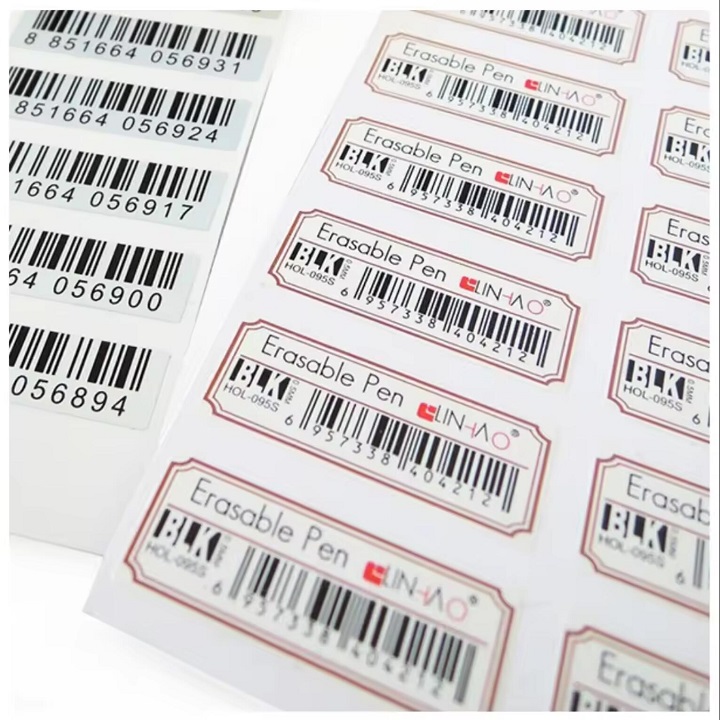Content Menu
● Introduction to Barcode Labels
● Types of Barcode Labels
● One-Dimensional (1D) Barcodes
● Two-Dimensional (2D) Barcodes
● Importance of Barcode Labels
● Applications of Barcode Labels
● Choosing the Right Barcode Labels
● Implementing Barcode Labels in Business Operations
● Future Developments in Barcode Technology
● Frequently Asked Questions
Barcode labels have become an indispensable tool in modern inventory management and product tracking. They enable businesses to streamline their supply chain processes, enhance accuracy, and improve customer satisfaction. In this article, we will explore the importance of barcode labels, their types, applications, and how they contribute to efficient inventory management.
Introduction to Barcode Labels
Barcode labels are symbols that can be scanned electronically using laser or image-based technology. They encode information such as product identifiers, serial numbers, batch/lot numbers, and dates. These labels are crucial in various industries, including retail, logistics, healthcare, and manufacturing, as they facilitate the automatic identification and tracking of products throughout the supply chain.

Types of Barcode Labels
Barcode labels can be categorized into two main types: one-dimensional (1D) and two-dimensional (2D) barcodes.
One-Dimensional (1D) Barcodes
1D barcodes use a series of variable-width lines and spaces to encode data. They are commonly used for product labeling and asset management. Popular 1D barcode types include:
UPC (Universal Product Code): Primarily used in the U.S. retail industry, UPC codes are numeric and consist of 12 digits.
EAN (European Article Number): Similar to UPC, EAN codes are used internationally and can encode 8-13 digits.
Code 39: A widely used alphanumeric barcode suitable for asset tracking and industrial applications.
Code 128: Offers high-density encoding, supporting all ASCII 128 characters, making it ideal for supply chain applications.
Two-Dimensional (2D) Barcodes
2D barcodes use patterns of squares, hexagons, dots, and other shapes to encode data. They can store more information than 1D barcodes and are often used for applications requiring larger data capacity:
QR Code: Originally developed for automotive production, QR codes are widely used in marketing and can store over 7,000 characters.
Data Matrix: Compact and ideal for small-item labeling, Data Matrix codes can store up to 2,335 alphanumeric characters.
PDF417: Used for storing large amounts of data, PDF417 codes are commonly found in IDs, transport, and government forms.
Importance of Barcode Labels
Barcode labels play a crucial role in enhancing the efficiency and accuracy of inventory management and product tracking. Here are some key benefits:
Speed: Barcode labels allow products to be tracked more efficiently, facilitating faster movement through the supply chain.
Accuracy: They prevent manual errors by ensuring accurate identification and tracking of products.
Transparency: Barcode labels enable businesses to provide real-time updates on shipment locations and expected delivery times.
Safety: In industries dealing with hazardous materials, barcode labels help identify contents and storage requirements, ensuring safety and compliance.

Applications of Barcode Labels
Barcode labels are versatile and have applications across various sectors:
Retail: Used for product labeling and checkout processes.
Healthcare: Enhances patient safety and operational efficiency.
Logistics: Crucial for efficient operations and tracking shipments.
Manufacturing: Streamlines production processes and inventory management.
Choosing the Right Barcode Labels
Selecting the appropriate barcode label depends on the specific needs of your business. Factors to consider include:
Data Capacity: Determine if you need a 1D or 2D barcode based on the amount of data to be encoded.
Environmental Conditions: Choose labels that can withstand the environment in which they will be used (e.g., chemical-resistant, deep-freeze compatible).
Scanner Compatibility: Ensure that the barcode can be read by the scanners you use.

Implementing Barcode Labels in Business Operations
Implementing barcode labels requires careful planning and integration into existing systems. Here are some steps to consider:
Assess Current Systems: Evaluate your current inventory management and tracking processes to identify areas where barcode labels can improve efficiency.
Choose the Right Barcode Type: Select the appropriate barcode type based on data capacity and environmental conditions.
Train Staff: Ensure that employees are trained on how to use barcode scanners and manage barcode data effectively.
Integrate with Software: Integrate barcode scanning with inventory management software to automate data entry and tracking.
Future Developments in Barcode Technology
As technology advances, barcode labels are evolving to meet new demands. Some emerging trends include:
Smart Labels: Incorporating RFID or NFC technology to enhance tracking capabilities.
Digital Barcodes: Using mobile devices to scan and interact with barcodes, expanding their functionality beyond inventory management.
Sustainable Materials: Developing eco-friendly barcode labels to reduce environmental impact.

Frequently Asked Questions
Here are some common questions related to barcode labels:
Q: What is the difference between 1D and 2D barcodes?
A: 1D barcodes use lines and spaces to encode data, while 2D barcodes use patterns of squares, hexagons, etc., allowing for more data storage.
Q: Which barcode type is best for small items?
A: Data Matrix codes are ideal for small-item labeling due to their compact size and high data capacity.
Q: How do barcode labels improve inventory management?
A: Barcode labels enhance speed, accuracy, and transparency in inventory management by automating product tracking and identification.
Q: Can barcode labels be used in harsh environments?
A: Yes, there are barcode labels designed to withstand harsh conditions such as chemicals or extreme temperatures.
Q: What is the role of barcode labels in customer satisfaction?
A: Barcode labels help provide timely updates on shipments, enhancing customer satisfaction by ensuring transparency and reliability.
Q: How do barcode labels contribute to safety in industries?
A: Barcode labels help identify hazardous materials and ensure compliance with safety regulations, reducing risks in handling and storage.

































